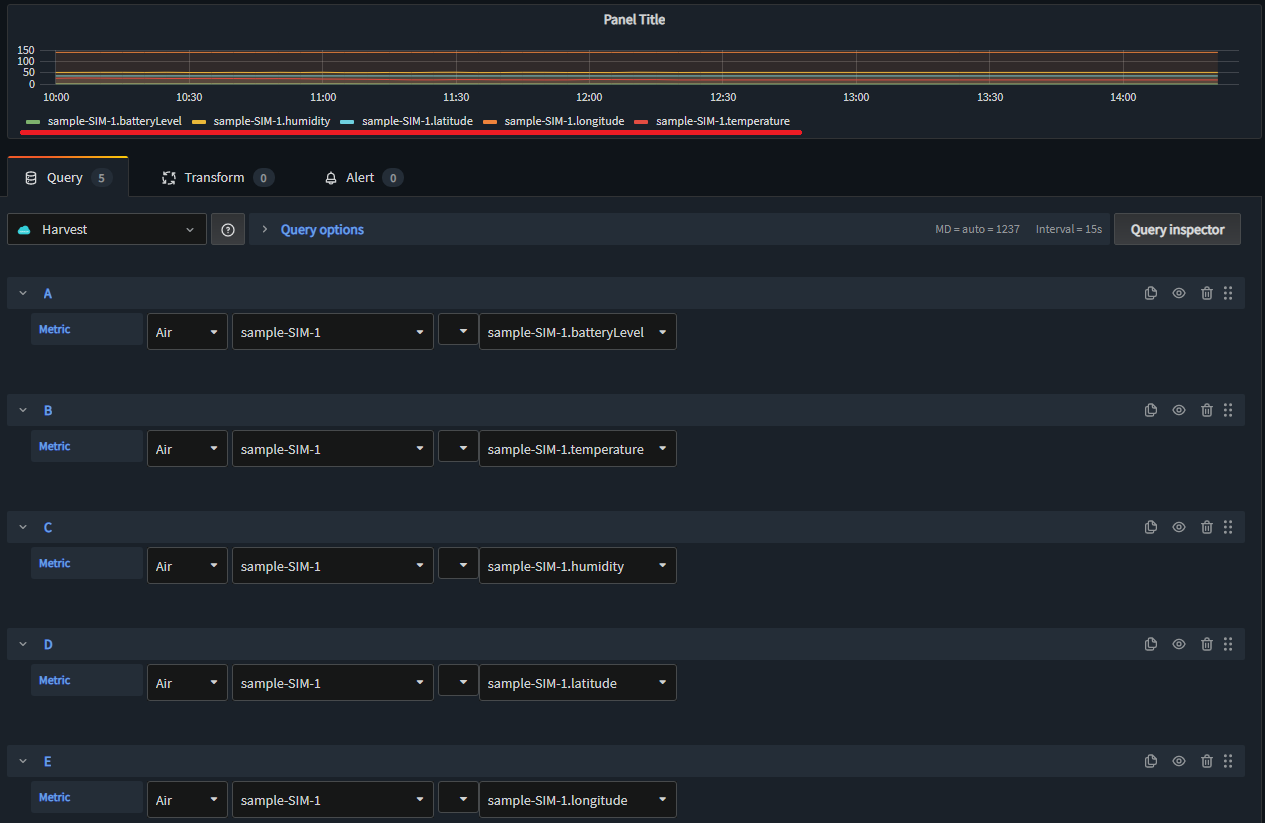
For this example, give *.psql in source and *.sql in destination which will rename all *.psql files to *.sql files. Press F6 which will ask for the source and destination regex, doing so will change the file names.


Using rename command you can rename group of files. In this article, let us review 3 different methods to rename multiple files together. But renaming multiple files in group may not be a straight forward task. Copy all the values from column C to the clipboard and paste them inside the DOS window or better still, put them inside a new text file and give it a name like rename.bat.Įxecute and all files that match the criteria are renamed instantly.Renaming a single file is very simple task for Linux user. In Column C, type the following Excel formula and your command is ready to be executed.Ĭopy paste the same formula across all cells in column C for which you have corresponding values in Column A or B. Step 5: Your source filenames are now in column A while the Destination files are in column B - we will now convert this into a DOS rename command. alone indicates any character other than a newline), and it replaces that with nothing. The rename command is used to rename multiple files or directories in Linux. In our case, ras is matched literally and. I am basing work from this post: Rename files to md5 sum + extension (BASH). *For more complex criteria, you may want to put the file extensions in a separate column by splitting the file name using period (.) as the delimiter. rename is a perl script that takes a perl regular expression and a list of files, applies the regex to each files name in turn, and renames each file to the result of applying the regex. Step 4: In the blank adjacent column, add a corresponding Excel function - for instance, use SUBSTITUTE to change specific text in the filenames, use CONCATENATE() with DATE() if you want to add date to the filename, etc. Fire your copy of Microsoft Excel or Google Docs Spreadsheets and paste those file names into the first spreadsheet column. Copy that file list to the clipboard by selecting Mark from the contextual menu. Step 2: Type “dir /b” to see a skeleton list of all files in the current directory. Step 1: Type cmd and switch (using “cd” command) to the directory that contains the files you want to rename in bulk. To rename files in bulk more efficiently, you can either learn some complex shell scripting language (SED, AWK, Perl) or switch to something more simple - a spreadsheet.

That’s a fairly quick solution but not very flexible because you don’t get to specify any choices or criteria.įor instance, how do you append the current date to the filename ? Or you want to replace only certain words in the file names (like a spelling error)? Or you want files to follow a different renaming system like file-A.jpg instead of the default file(1).jpg.
#BASH FILE MASS RENAME REGEX WINDOWS#
Windows will append a unique sequence number to each of the file names.

Select all the files, press F2 and type some descriptive text. Renaming multiples files on your Windows computer is easy.


 0 kommentar(er)
0 kommentar(er)
